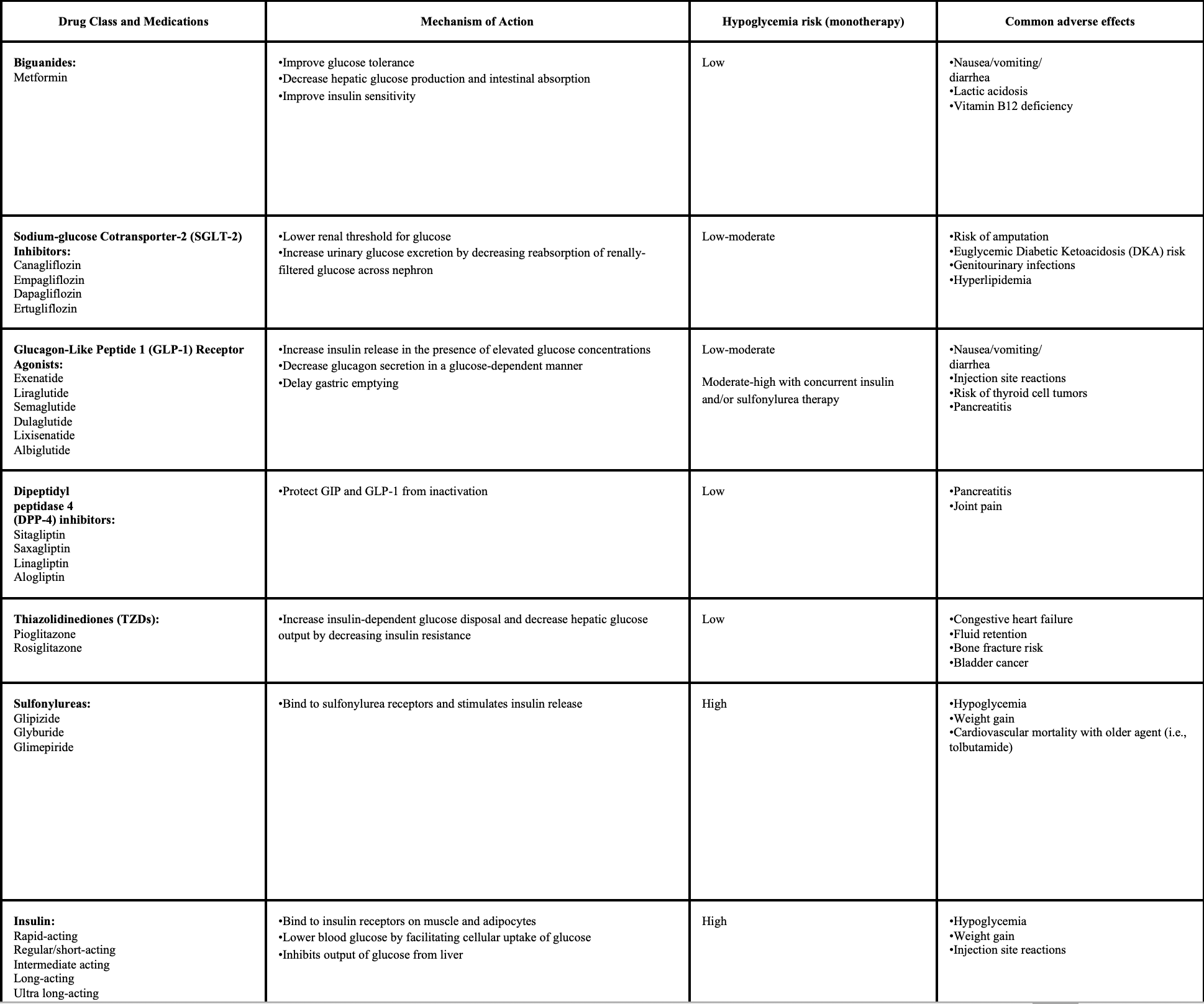Article
Management of Diabetes During Ramadan
Author(s):
It is imperative for health care professionals, especially pharmacists, to be well-informed regarding the physiological impact of Ramadan on diabetes.
Background
Ramadan is the ninth month in the Islamic calendar and spans over 29 or 30 days depending on the sighting of the moon. Fasting in Ramadan is obligatory for all capable Muslim adults, and it entails abstinence from all food, drinks, smoking, and sexual activity from sunrise to sunset.
The purpose of the fast is to allow Muslims to strengthen their spirituality, to express their gratitude to and dependence on God, and to identify charitable causes to help the needy. During Ramadan, Muslims are also expected to put more effort into following the teachings of Islam by refraining from violence, anger, envy, profanity, and gossip.1,2
The Islamic calendar is based on a lunar calendar; as a result, the duration of the daily fast varies according to the geographical location and season.1 The fasting period is from sunrise to sunset, which is relatively longer at up to 19 hours during the summer months.
The 2 meals consumed are before sunrise (suhoor/sehri) and after sunset (iftar/iftari). Certain individuals, including those with chronic illnesses in whom fasting may be detrimental to health, are exempt from fasting. This includes those with type 1 or type 2 diabetes; however, some diabetic individuals still choose to fast during Ramadan in order to gain its spiritual benefits.
Depending on the complexity of their medication regimen, patients may have to adjust some, if not all, of their administration timings as well as their monitoring regimen.1,2
Impact of fasting on diabetes
In healthy individuals, eating promotes insulin secretion from the islet cells of the pancreas. This, in turn, results in glycogenesis and storage of glucose as glycogen in the liver and muscle.
During fasting, insulin secretion is reduced while counter-regulatory hormones, glucagon, and catecholamine, are increased. This leads to glycogenolysis and gluconeogenesis as well as increased fatty acid release and oxidation. This process leads to the development of ketones that are used for nutrition by the body.1
In people with type 1 diabetes or severe insulin deficiency, a prolonged fast in the absence of adequate insulin can lead to excessive glycogen breakdown and increased gluconeogenesis and ketogenesis, leading to hyperglycemia and ketoacidosis, which could be life-threatening.1,2 Furthermore, some people with diabetes have autonomic neuropathy leading to hypoglycemia unawareness.1,2
People with type 2 diabetes may suffer similar disturbances in response to a prolonged fast, and the severity of hyperglycemia depends on the extent of insulin resistance or deficiency.1,2
Pharmacotherapy in Diabetes3

Click to enlarge
Patient-based initiatives to take during Ramadan
Nutrition
Proper nutrition with an endocrine condition requires an adequate amount of adjustment of meals on a daily basis, with an extra cautious decision to make during a month of fasting. Many oily and deep-fried dishes are served at sunset to fulfill the everlasting hunger from the day.
Swapping these dishes for salads, mixed vegetables, low-sugared fruits, and protein-enriched foods can create more of a delicious, diabetes-friendly meal. Sugary drinks are also quite common during iftar, such as roohafza. A tasty alternative would be fresh berry lemonade with sugar-alternatives, such as Truvia or monk fruit.
Many food bloggers have posted healthy Ramadan recipes as well. We recommend the following:
- The Healthy Muslims
- 40 Healthy Ramadan Recipes by Shahzadi Devje
- Taste Great Foodie
- Tiffin and Tea
Exercise
On a weekly basis, 150 minutes of mild to moderate aerobic exercise is recommended for those who are diagnosed with diabetes, high blood pressure, and/or high cholesterol. Mild-to-moderate aerobic exercise can exacerbate dehydration symptoms, thus not a sufficient form of exercise during a fast. Instead, attempting a brisk walk an hour before iftar to keep the body physically active can be a great addition to a spiritually oriented day.
When to take diabetes medications during a day of fasting1-3

Click to enlarge
Self-monitoring of blood glucose (SMBG)
It is crucial that patients with diabetes who fast during the month of Ramadan actively perform SMBG. In fact, the rate at which SMBG is to be performed by fasting individuals must be more frequent than the average non-fasting person given that blood glucose fluctuations leading to either hyperglycemia or hypoglycemia can be more prevalent.4
There may be patient hesitancy on performing SMBG during the time of fasting, but this may be due to a misconception that pricking the skin to test blood glucose levels will invalidate the fast. This, in fact, is not true because performing SMBG even during fasting hours will not break the fast.
Performing SMBG throughout the day, especially when having signs and symptoms of either hypoglycemia or hyperglycemia, may prevent the onset of glucose excursions and/or a diabetic medical emergency, such as diabetic ketoacidosis.5
In addition, the risk of developing hypoglycemia entails a mental and spiritual burden of having to ultimately break the fast. These are all reasons why it is absolutely imperative that diabetes education be provided to patients before the starting of Ramadan as newer management strategies and updated guidelines have been released.5
There are several questions as to how often one should perform SMBG while fasting. The general rule is to test more often but spread them out at different times over the course of the day.
For example, M. Hassanein, et al. shares a useful SMBG guide that uses a 7-point system for Ramadan.4 Typically, patients with well controlled diabetes or those using a continuous glucose monitoring or flash glucose monitoring device could use this 7-point system as a guide.
The 7-point system recommends performing the SMBG:
1. Pre-dawn meal (suhoor)
2. Morning
3. Midday
4. Mid-afternoon
5. Pre-sunset meal (iftar)
6. 2 hours after iftar
7. At any time when symptoms of hypo-hyperglycemia or feelings of being unwell.
Ask your community pharmacist:
- For a weekly or daily medication organizer to avoid non-adherence during a sporadic schedule. Some pharmacies provide it for free.
- For glucose monitoring pamphlets to write down daily glucose levels during Ramadan. This will help you understand whether taking the metformin, for example, at sehri is sufficient for the remainder of the fast.
- For sufficient fills for diabetes medications and glucose test strips for the month of Ramadan. Ask for a travel override if traveling abroad for the month or toward Eid.
- About symptoms of hyper- and hypoglycemia.
- Whether any other chronic medications you are taking may possibly add an additional hypoglycemic effect.
- Before taking an OTC medication at the same time as your chronic medications (e.g. Advil for a post-fast headache) to make sure they do not interact.
- If you are up-to-date with vaccinations specific for those who are diagnosed with diabetes. Community pharmacists vaccinate, too!
Conclusion
Muslims proclaim fasting as an obligatory act of worship during the month of Ramadan despite chronic illnesses, including diabetes. As a result, the management of diabetes for Muslims during this month must be individually adjusted according to their medication regimen, dietary and lifestyle practices, individual risk of hypoglycemia along with their baseline hypoglycemic control.
It is imperative for health care professionals, especially pharmacists, to be well-informed regarding the physiological impact of Ramadan on diabetes. As discussed, an integral part of diabetes management is to educate individuals on their diabetes control before Ramadan and involve family members to develop patient-driven/caregiver-driven decisions.
Community and outpatient pharmacists are accessible health care professionals that can offer guidance and adjust medications as required during pre-Ramadan counseling to enable individuals to safely fast if they wish to do so.1
About the Authors
Umair Ansari, PharmD, BCPS, BCCCP; Arzu Moosvi, PharmD; and Ghania Naeem, PharmD, are board members of the Pakistani American Pharmacists Association.
References
- Alsafadi H, Wilson J, Patel V. Managing diabetes in people fasting during Ramadan. http://www.generalpracticemedicine.org/managing_diabetes_in_people_fasting_during_ramadan.pdf. Published 2011. Accessed April 6, 2022.
- Al-Arouj M, Assaad-Khalil S, Buse J, Fahdil I, Fahmy M, Hafez S, Hassanein M, Ibrahim MA, Kendall D, Kishawi S, Al-Madani A, Nakhi AB, Tayeb K, Thomas A. Recommendations for management of diabetes during Ramadan: update 2010. Diabetes Care. 2010 Aug;33(8):1895-902.
- American Diabetes Association. Pharmacologic approaches to glycemic treatment: Standards of Medical Care in Diabetes—2019. Diabetes Care. 2019;42(suppl. 1):S90-S102.
- Hassanein, M., Afandi, B., Ahmedani, M.Y., et al. Diabetes and Ramadan: Practical guidelines 2021. Diabetes Research and Clinical Practice; Volume 185, 2022, 109185, ISSN 0168-8227.
- Hussain, S., Choudhary, P., Hopkins, D. Type 1 diabetes and fasting in Ramadan: time to rethink classification of risk?, The Lancet Diabetes & Endocrinology; Volume 8, Issue 8, 2020, Pages 656-658, ISSN 2213-8587.
- Aadil N, Houti IE, Moussamih S. Drug intake during Ramadan. BMJ. 2004;329(7469):778-782.






